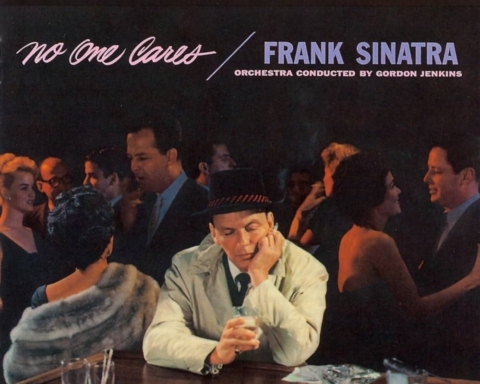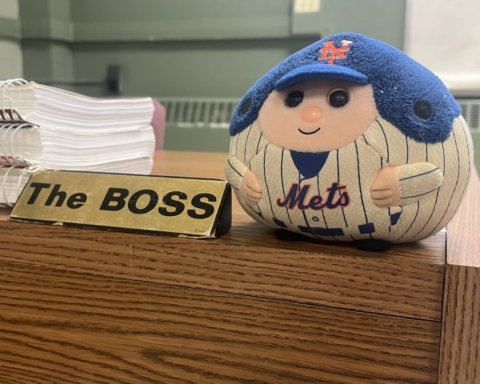By Mary Best
Opinion Editor
There have been countless films depicting a young woman getting kidnapped while traveling abroad. No matter how intense the ratings or gruesome the abuse scenes, the films never manage to show what would happen if Liam Neeson isn’t your father.
The 2008 film “Taken,” starring Neeson, barely scratched the surface at exploiting the horrifying $32 billion international human-trafficking industry.
If you haven’t seen the film, Neeson’s daughter, Kim, and her friend mistakenly confide their address and travel plans in a seemingly friendly local man while on vacation in Paris. Within minutes, both of them are kidnapped and forced to be prostitutes.
No matter how melodramatically dumb you think the girls were in that film, they did it to prove a point.
The FBI reported 2 million people were trafficked internationally in 2006, a number that skyrocketed to 27 million in 2011, according to dosomething.org. The growing number hints at a haunting truth — we’re not doing enough about it.
It’s not just about forced prostitution; it involves forced labor, domestic servitude and, especially for children, forced military service.
Sex trafficking alone is the considered the third-largest and fastest-growing criminal industry in the world, according to a March 20 Daily Journal article. It also reported 100,000 to 300,000 domestic minors are forced into sex slavery within the United States annually.
Many victims are coerced into the industry under false pretenses, and they can’t escape because of abuse or fear.
This modern-day slavery is disgusting. Despite the countless organizations dedicated to helping victims escape and prevent them from being trafficked, the United States isn’t handling the situation properly.
Actress and United Nations Goodwill ambassador Mira Sorvino may focus on the international industry, but she combated optimism for the organizations’ success in a 2011 speech during a Senate briefing.
“We are handling this situation worse than most countries I’ve visited,” she said. “We have a basic misunderstanding of the problem. All child prostitution is trafficking. All of it.”
Congress passed the Trafficking Victims Protection Act (TVPA) in 2000, leading to the creation of a bureau in the State Department designed specifically to address human trafficking and exploitation on all levels and to take legal action against criminals, according to a March 2011 article on FBI.gov.
The Human Smuggling Trafficking Center (HSTC) was also created in 2004, bringing together analysts, officers and investigators from such agencies as the CIA, FBI, Immigration and Customs Enforcement (ICE), the Department of State and the Department of Homeland Security.
Even though these national agencies’ combined efforts have rescued nearly 900 children, that number gets thrown out the window once unjust jailing of victims comes into play.
In 2010, the Harris County District Attorney prosecuted a 13-year-old girl in Texas for prostitution. Throwing the age of consent right out the window, the state argued the girl was willing to engage in the sex act, according to a June 7, 2011 meetjustice.org article.
The Texas Supreme Court eventually ruled the girl could not be charged with prostitution.
What happens to the other minors arrested for prostitution?
No matter the age, a minor engaged in prostitution is being trafficked. These children aren’t keeping the money they make. It usually goes back to their pimp or owner. How can it be argued they are willingly engaging in sexual abuse?
The proof of a criminal act is blurred by the label of “prostitution,” which cannot be tolerated any longer.
The laws need to be rewritten to address the problems of modern-day slavery. Victims of human trafficking are the furthest things from criminals.
As one of the most developed countries in the world, the United States needs to get down to business and persecute the filthy criminals who sell other human beings.
bestmk10@bonaventure.edu





